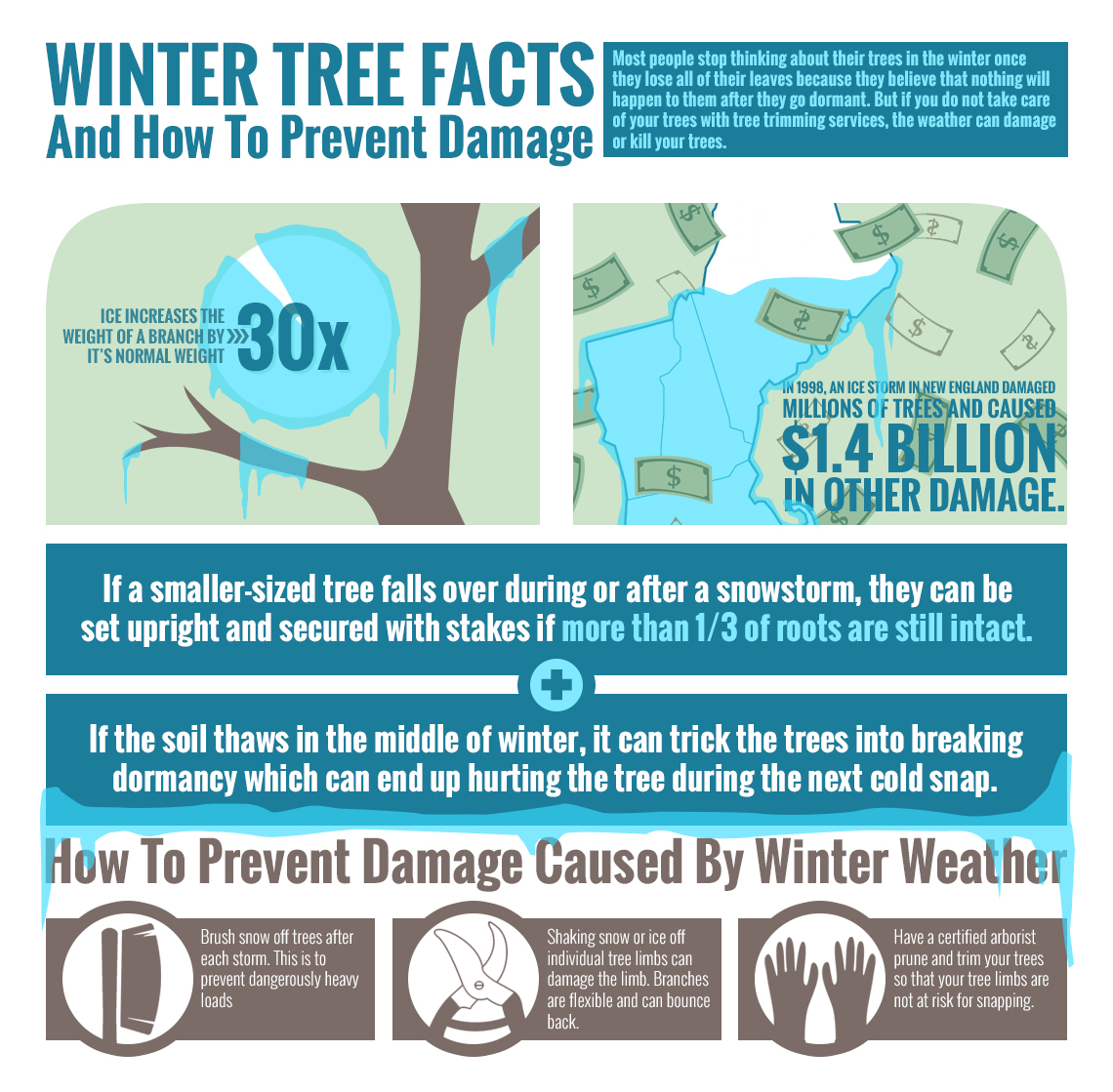Hints That Suggest Tree Elimination: Just How To Area Hazardous Trees
Hints That Suggest Tree Elimination: Just How To Area Hazardous Trees
Blog Article
Produced By-Harper Connell
When it concerns tree treatment, recognizing the indicators that it's time for elimination is vital for your security and residential property. You may discover tarnished leaves, wilting branches, or strange fungal developments showing health issue. read what he said , like a substantial lean or fractures in the trunk, can also pose dangers. Recognizing these indication can help you make informed decisions concerning your trees and prevent possible hazards lurking in your backyard. What should you look for next?
Signs of Decay and Illness
When you observe indications of decay and disease in your trees, it's vital to act rapidly. Seek stained leaves, wilting branches, or uncommon developments like fungus. These can show that your tree is having a hard time.
If you see fractures in the bark or soft, mushy timber, these signs and symptoms recommend interior decay. In addition, a sudden boost in parasites around your tree can indicate that it's deteriorated and at risk.
Check for any type of dead or dying arm or legs, as they present a threat to your home and safety and security. If you're uncertain about what you see, consulting an arborist can supply quality.
Addressing these signs early can save you from a lot more comprehensive damages and ensure the health of your lawn. Do not wait till it's far too late.
Structural Instability and Leaning
As you observe your trees, keep an eye out for any signs of architectural instability or leaning. If a tree leans considerably, it might suggest that the origin system is endangered.
Try to find any splits in the trunk or dirt around the base; these can signal potential failing. In addition, look for uncommon growth patterns, like a lopsided crown, which may suggest that the tree is having a hard time to hold itself upright.
If you notice that the tree leans toward your home, high-voltage line, or various other structures, it poses a better threat. Do not disregard these indications-- consult an arborist to examine the situation.
Acting early can prevent pricey damages and ensure your safety and security.
Dead or Perishing Branches and Vegetation
If you observe dead or dying branches and foliage on your tree, it's a clear indicator that something's wrong.
These harmful areas can show underlying issues like condition, insect infestations, or ecological stress and anxiety. When branches lose their fallen leaves or transform brownish, they're no more adding to the tree's wellness. Overlooking these indications could bring about more decline, making your tree a lot more harmful.
Dead branches can conveniently break short throughout storms, posturing a threat to building and individuals close by. It's critical to assess the level of the damage.
If the trouble impacts a considerable part of the tree, think about seeking advice from a specialist. They can help figure out if elimination is required to ensure safety and security and preserve the elegance of your landscape.
Final thought
If you notice any kind of signs of decay, structural instability, or dead branches on your trees, do not neglect them. These signs can pose major safety dangers to you and your residential property. It's always best to seek advice from a professional arborist that can give a specialist analysis of your trees. Acting early can protect against simply click the next web page and pricey damages, ensuring your landscape remains risk-free and healthy. Remember, it's better to be proactive regarding tree treatment than to await a calamity to take place.
